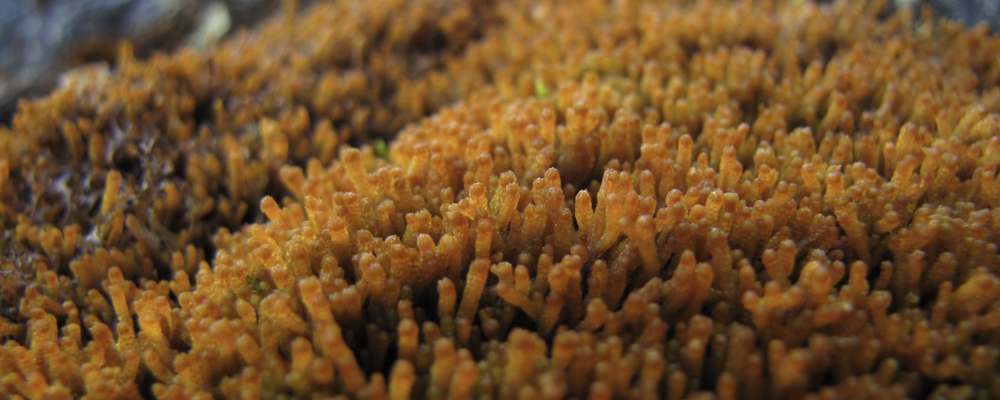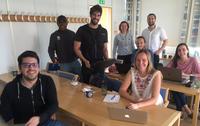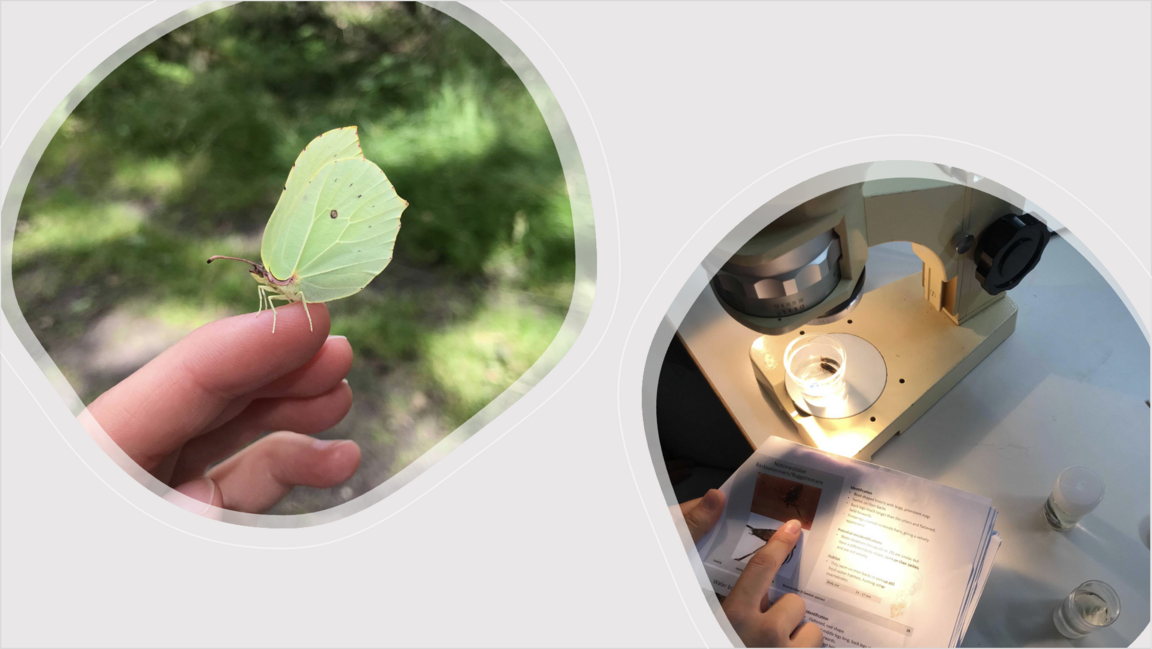
Biodiversity Education
Many of GGBC members are teachers or guides at our public partners thus the centre has lots of interesting education going on. From preschool classes at the Gothenburg Natural History Museum to PhD courses at the University of Gothenburg, all focusing on biodiversity, be it the basic understanding of it to tools for exploring it.
Biodiversity Courses
The GGBC host a number of courses in biodiversity every year. The courses are aimed at PhD students undergrads and the general public. With these courses we aim to help train the new generation of biodiversity researchers and increase awareness around biodiversity.
PhD level course:
Target capture for Illumina sequencing
course leader: Tobias Andermann
Mar. 21, 2022 - Mar. 25, 2022, Tjärnö
PhD level course: Spatial analysis in R
course leader: Søren Faurby
Oct. 3rd - Oct. 7th, 2022, Zoom, Registration closed
Graduate level course: Biodiversity in Western Sweden
course leader: Allison Perrigo
4 Jul 2022 - 7 Aug 2022, registration closed
Evening graduate level course: Biodiversity in the 21st century
course leader: Christine Bacon
29 Aug 2022 - 15 Jan 2023, registration closed

Never miss an upcoming course
Sign up for our newsletter to never miss a GGBC course announcement!
Teachers' Network
The GGBC has a teachers' network where our educators can get together, share thoughts and ideas and collaborate around biodiversity education. Working with education and biodiversity? Interested in joining? Contact helen.ekvall@vgregion.se.
Downloadable Educational Materials
Learn about Western Sweden's 500 common and cool animals
There are an estimated 50,000 different species of animals in Sweden and identifying them can be hard without knowing where to start. This material, however, may help. It contains information on 500 animals (some species, some groups of related species) selected as being the ones you are most likely to see. The material has been designed with Western Sweden (Västra Götaland and Halland) in mind but can with very few exceptions, which are clearly noted, be used throughout Sweden. The material does not require prior knowledge but it may at times seem complex so please have a look at the instructions on how to use the material. It is suited for high school students or as a solid starting point for amateur naturalists.
The material consists of a short description file called "Guidelines" which is intended to be read before use, and eight additional files which each can be used in isolation once the guidelines file has been read.
For any questions please contact soren.faurby@bioenv.gu.se.
